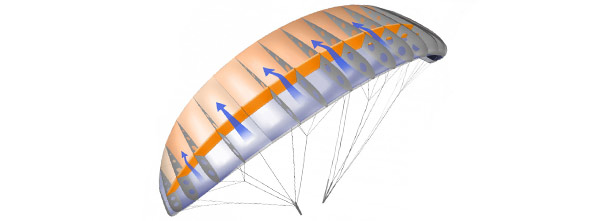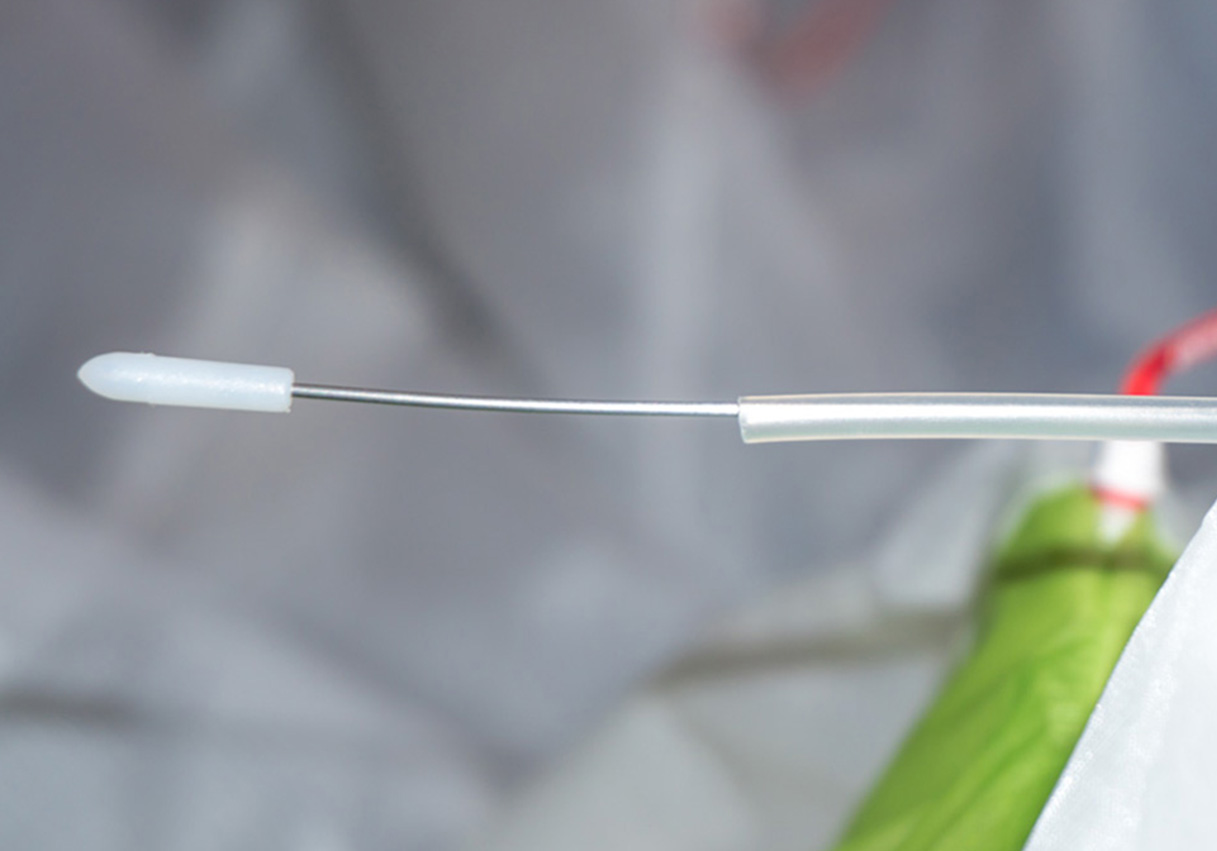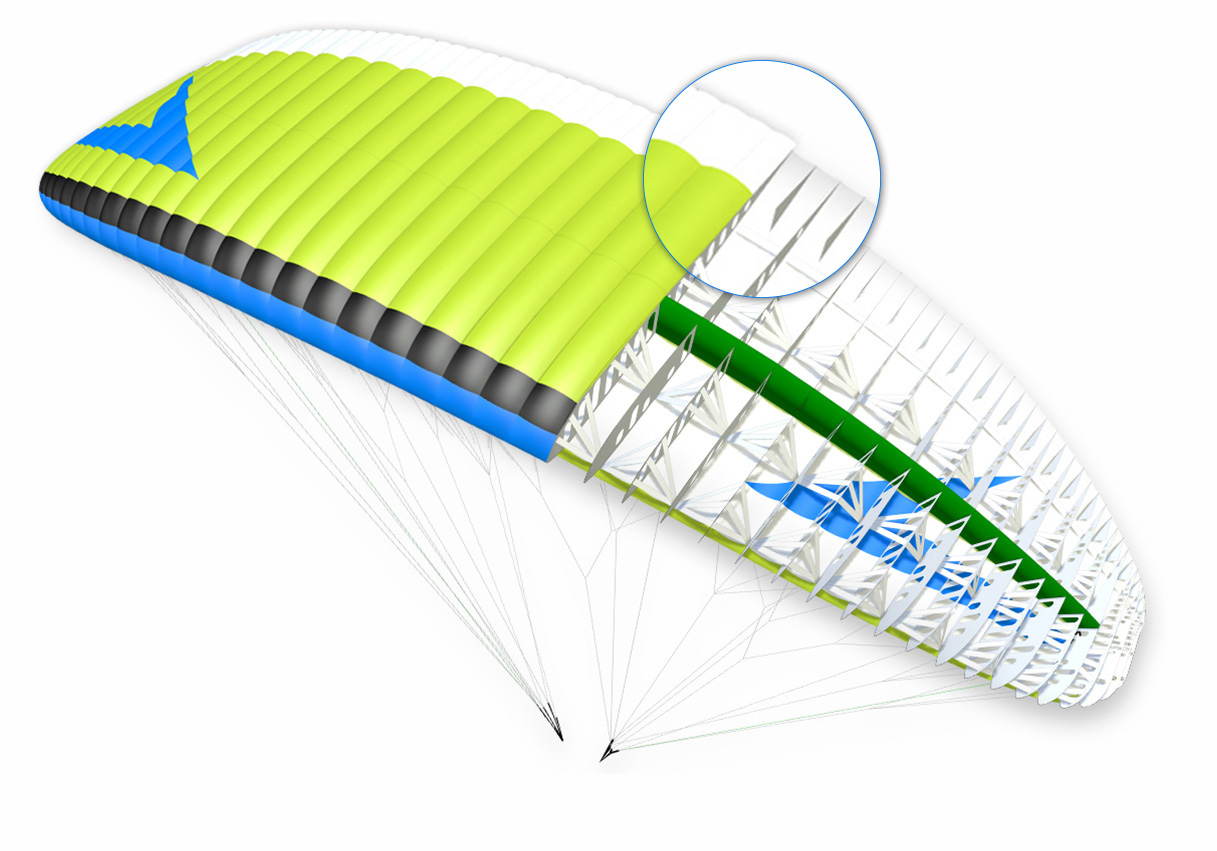STING RS
…just fly!
STING RS Paramotor – just fly!
Simply take an evening flight around and over your own home. Climb to the clouds after take-off in the flatlands and enjoy a serene glide with the engine switched off – the STING RS makes your dreams come true!
The STING RS is a comfortable and simple dual-purpose ppg-glider, that will accompany your flying career from the first training lessons to a licensed recreational/XC pilot.
The STING RS is primarily made for foot launch.
But the STING RS also cuts a great figure, whether you’re on holiday in the mountains or on the coast, due to its excellent free flight characteristics. Combine this with its certification level and the Sting RS will afford you a safe introduction to thermal flying or coastal soaring.
Features
Detail photos
Colors

Fire

Fluid

Energy
| STING RS | 22 | 24 | 26 | 28 | 31 | 34 |
|---|---|---|---|---|---|---|
| LTF certification | B(A) | B(A) | B(A) | B(A) | B(A) | A |
| CEN certification | B(A) | B(A) | B(A) | B(A) | B(A) | A |
| Permissible weight range (kg) min./max. incl. equipment | 55-75 | 70-90 | 80-100 | 90-110 | 105-125 | 115-145 |
| Recommended weight range (kg) min/max incl. equipment |
60-75 | 75-90 | 88-100 | 98-110 | 108-125 | 120-135 |
| Permissible weight range DGAC (kg) min/max incl. equipment |
70-125 | 90-140 | 100-155 | 110-170 | 125-185 | 145-180 |
| Recommended weight range foot launch DGAC (kg) min/max incl. equipment |
70-100 | 90-115 | 100-125 | 110-140 | 125-155 | 145-180 |
| Cells | 48 | 48 | 48 | 48 | 48 | 48 |
| Wing area (m²) | 22,0 | 24,4 | 26,0 | 27,5 | 30,9 | 34,0 |
| Projected wing area (m²) | 19,2 | 21,4 | 22,7 | 24,0 | 27,0 | 29,7 |
| Wing span (m) | 10,6 | 11,2 | 11,6 | 11,9 | 12,6 | 13,2 |
| Projected wing span (m) | 8,6 | 9,1 | 9,4 | 9,7 | 10,3 | 10,8 |
| Aspect ratio | 5,15 | 5,15 | 5,15 | 5,15 | 5,15 | 5,15 |
| Projected aspect ratio | 3,9 | 3,9 | 3,9 | 3,9 | 3,9 | 3,9 |
| Glider weight (kg) | 5,1 | 5,5 | 5,7 | 6,0 | 6,5 | 6,9 |
* The performance data depend on the wing loading, the atmospheric conditions and the harness used, as well as the pilot position.
| STING RS | DE | EN | FR | ES |
|---|---|---|---|---|
| Owners manual | — | |||
| Maintenance and service book | — | — | ||
| Inspection information | — | — | ||
| Test reports | — | — | — | — |
- SWING MITO 2 RS
- Users Manual
- Innerbag 2.0 (55 l)
- Riserbag 2.0
- Speedbar Free*Spee 3.0
- Compression strap
- Swing Fast Packing Bag (alternatively Sherpa L/XL, Explorer 90, Everest 75/95 or without packsack)




















